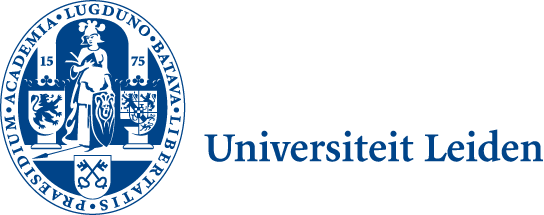- Leiden University
- Leiden Institute of Chemistry
- Master's Programmes
Thesis Talk: Thomas Smit
Thesis Talk
Orchestrating the electron flow: Novel cobalt-based catalysts and reversible electron relays for photocatalytic hydrogen evolution on lipid membranes
Thomas Smit
- Date
- Thursday 24 Apr 2025
- Time
- 11:00 - 11:30
- Location
- BW008
- Supervisor
- Sylvestre Bonnet
- 2nd reviewer
- Lies Bouwman
- Jury
- Rik Mom
Artificial photosynthesis on the surface of liposomes can potentially lead to new applications for sustainable fuel production and increase our understanding of natural photosynthesis. However, state-of-the-art photocatalytic hydrogen evolution in liposomes has limited efficiency and depends on sacrificial electron donors. In this study we addressed these challenges by synthesizing new catalysts and testing potential reversible electron relays. First, hydrogen production on liposomes was successfully demonstrated with newly synthesized amphiphilic cobalt polypyridyl catalysts, with an amine in the second coordination sphere. Hydrogen evolution was optimal in 1,2-dipalmitoyl-sn-glycero-3-phosphocholine (DPPC) membranes and a buffer with 0.1 M of ascorbate and tris(2-carboxyethyl)phosphine (TCEP) at pH 5.0. However, turnover numbers of the liposomal hydrogen-evolving catalysts remained significantly lower than homogenous analogues. Interestingly, substantial differences were found in the electrochemical stability and photocatalytic performance between catalysts with BF4-, chloride and bromide counterions. The deviating characteristics of the BF4-catalyst were possibly caused by the formation of a new species in catalytic conditions. Finally, organic radicals TEMPO and ABNO were identified as potential reversible electron relays for coupling of oxidative and reductive half reactions. Promising quenching of liposomal photosensitizer by TEMPO and ABNO was demonstrated, with KSV values of 115 M-1 and 45 M-1, up to five times higher than state-of-the-art electron donor ascorbate. However, light-independent hydrogen production was observed driven by the consumption of TEMPO in the dark, creating questions to be answered about the suitability of TEMPO as a reliable electron relay. All in all, this study advances the understanding of effective photocatalytic liposome design and generates valuable questions for future research on artificial photosynthesis.
Are you interested in the MSc Chemistry or MSc Life Science & Technology programme?
Find out more about the programmes, career prospects & how to apply.

